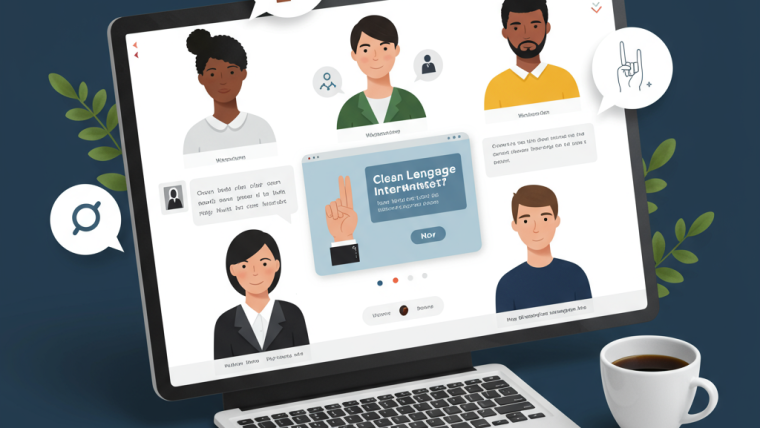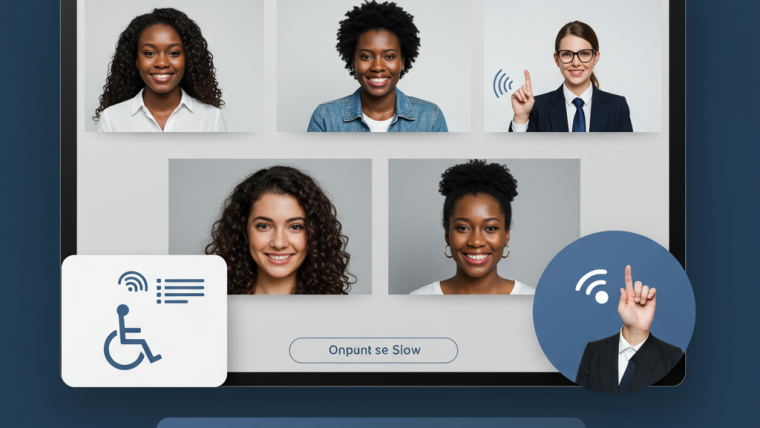Educational webinars have become one of the most effective ways to share knowledge, build expertise, and connect with audiences across the globe. But what exactly makes a webinar “educational,” and why should you care?
An educational webinar is a live or recorded online presentation designed to teach participants about a specific topic, skill, or concept. Unlike traditional sales webinars that focus primarily on promoting products, educational webinars prioritize learning outcomes and knowledge transfer.
This guide will walk you through everything you need to know about educational webinars—from their core components to best practices for hosting successful sessions that truly educate your audience.
Understanding Educational Webinars
Educational webinars serve as digital classrooms where experts share their knowledge with learners who want to develop new skills or deepen their understanding of specific subjects. These online sessions typically last between 30 to 90 minutes and include interactive elements like Q&A sessions, polls, and downloadable resources.
The primary goal is education, not promotion. While hosts may mention their products or services, the focus remains on delivering valuable content that helps participants achieve specific learning objectives.
Key Characteristics of Educational Webinars
Educational webinars share several distinct features that set them apart from other types of online presentations:
Structured Learning Content: Each session follows a logical progression, starting with foundational concepts and building toward more advanced topics. Hosts typically provide clear learning objectives at the beginning.
Expert Instruction: Presenters possess deep knowledge and experience in their subject matter. They can answer questions, provide real-world examples, and offer insights that participants can’t easily find elsewhere.
Interactive Elements: Successful educational webinars encourage participation through polls, chat discussions, breakout rooms, and live Q&A sessions.
Actionable Takeaways: Participants leave with practical knowledge they can immediately apply to their work or personal projects.
Types of Educational Webinars
Educational webinars come in several formats, each designed to meet different learning needs and objectives.
Skills-Based Training Webinars
These sessions focus on teaching specific technical or professional skills. Examples include software tutorials, digital marketing strategies, or project management techniques. Participants often follow along with hands-on exercises during the presentation.
Industry Insights and Trends
Expert-led discussions about emerging trends, market analysis, or industry forecasts. These webinars help professionals stay current with developments in their field and make informed decisions about their careers or businesses.
Academic and Research Presentations
Universities, research institutions, and academic organizations use webinars to share findings, discuss theoretical concepts, or present case studies. These sessions often target students, researchers, or professionals seeking continuing education credits.
Certification and Compliance Training
Organizations use educational webinars to help employees or clients meet regulatory requirements or earn professional certifications. These sessions typically include assessments and completion certificates.

Benefits of Educational Webinars
Educational webinars offer significant advantages for both hosts and participants, making them an increasingly popular choice for knowledge sharing.
For Participants
Convenient Access: Learners can join from anywhere with an internet connection, eliminating travel costs and time constraints. Many webinars are also recorded for later viewing.
Cost-Effective Learning: Most educational webinars are free or significantly less expensive than in-person training sessions or conferences.
Direct Access to Experts: Participants can ask questions and receive answers from industry leaders and subject matter experts they might never meet otherwise.
Networking Opportunities: Chat features and breakout rooms allow attendees to connect with like-minded professionals and build valuable relationships.
For Hosts
Scalable Education Delivery: A single webinar can reach hundreds or thousands of learners simultaneously, making knowledge sharing highly efficient.
Authority Building: Hosting educational webinars establishes speakers as thought leaders and experts in their field.
Lead Generation: While education is the primary focus, webinars naturally attract potential customers who are interested in the host’s expertise.
Content Creation: Recorded webinars become valuable content assets that can be repurposed for courses, blog posts, or marketing materials.
Best Practices for Educational Webinars
Creating effective educational webinars requires careful planning and execution. These best practices will help ensure your sessions deliver real value to participants.
Pre-Webinar Planning
Define Clear Learning Objectives: Start by identifying exactly what participants should know or be able to do after attending your webinar. These objectives will guide your content development and help participants understand the value they’ll receive.
Know Your Audience: Research your target participants’ experience level, challenges, and goals. This information helps you tailor your content and choose appropriate examples and language.
Create Engaging Content: Develop presentations that balance information delivery with interactive elements. Use storytelling, case studies, and real-world examples to make complex concepts more relatable and memorable.
Test Your Technology: Always conduct a technical rehearsal before going live. Test your internet connection, audio quality, screen sharing capabilities, and any interactive features you plan to use.
Read our latest blog : Professional Studio for Webinars and Virtual Events
During the Webinar
Start Strong: Begin with a compelling hook that clearly explains what participants will learn and why it matters to them. Share your agenda and set expectations for interaction.
Maintain Engagement: Keep participants active by asking questions, conducting polls, and encouraging chat participation. Break up longer segments with interactive elements every 5-7 minutes.
Provide Practical Value: Share actionable tips, templates, checklists, or resources that participants can use immediately. Avoid overly theoretical content without practical applications.
Manage Time Effectively: Stick to your agenda while remaining flexible enough to address important questions or dive deeper into topics that clearly resonate with your audience.
Post-Webinar Follow-Up
Share Resources: Send participants any promised materials, links, or additional resources within 24 hours of the session.
Provide Recording Access: Make the recording available to registered participants, including those who couldn’t attend live.
Gather Feedback: Send a brief survey to understand what worked well and what could be improved for future sessions.
Continue the Conversation: Consider creating a follow-up email series, discussion forum, or social media group where participants can ask additional questions and share their experiences applying what they learned.
Common Challenges and Solutions
Even well-planned educational webinars can face obstacles. Understanding common challenges helps you prepare and respond effectively.
Technical Difficulties
Internet connectivity issues, audio problems, or platform glitches can disrupt the learning experience. Always have a backup plan, including an alternative internet connection, a co-host who can take over if needed, and contact information for technical support.
Low Engagement
Passive audiences can make webinars feel flat and reduce learning effectiveness. Combat this by building interaction into your content structure, asking direct questions to specific participants, and using engaging visuals and multimedia elements.
Information Overload
Trying to cover too much material can overwhelm participants and reduce retention. Focus on 3-5 key concepts per session and provide additional resources for those who want to explore topics more deeply.
No-Shows and Drop-Offs
High registration but low attendance is common. Send reminder emails leading up to the event, start on time with valuable content, and create urgency by mentioning that certain insights or resources are only available to live attendees.
Tools and Platforms for Educational Webinars
Choosing the right platform significantly impacts your webinar’s success. Popular options include Zoom, GoToWebinar, WebEx, Microsoft Teams, and specialized education platforms like BigMarker or Demio.
Consider factors like audience size limits, interactive features, recording capabilities, integration options, and pricing when selecting your platform. Many platforms offer free trials, so you can test different options before committing.
Getting Started with Your First Educational Webinar
Ready to host your own educational webinar? Start by identifying a topic where you have genuine expertise and that addresses a real need for your target audience. Begin with a smaller, more focused session to build your confidence and refine your approach.
Educational webinars represent a powerful opportunity to share knowledge, build relationships, and establish expertise. By focusing on delivering genuine value to your participants and following proven best practices, you can create learning experiences that truly make a difference.
The key is remembering that successful educational webinars are about serving your audience’s learning needs first. When you prioritize education over promotion, you create sessions that participants find valuable enough to attend, engage with, and recommend to others.








Webinar Analytics: A Complete Guide to Measuring Success and Improving Performance
The Ultimate Webinar Follow-Up Strategy to Turn Attendees into Customers
Webinar Accessibility Best Practices: How to Make Your Online Events Inclusive for All
Webinar Personalization: Tailoring Content to Audience Segments for Maximum Engagement